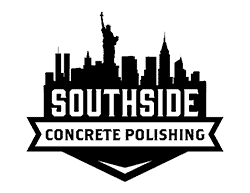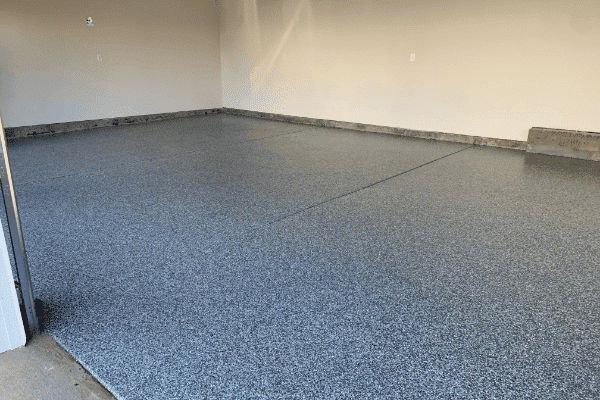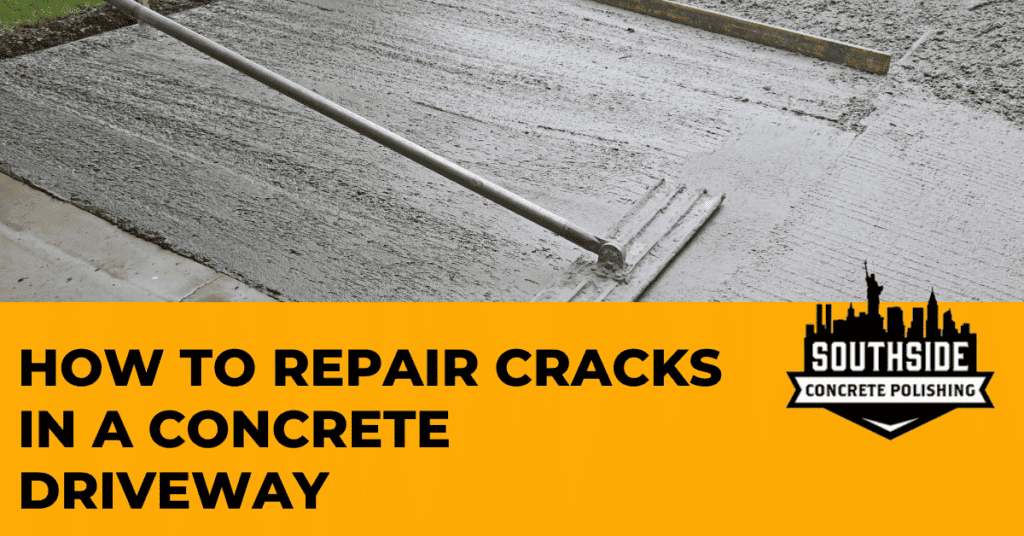A concrete waterproofing sealer forms a layer of protection over your concrete. While there are other ways by which you can protect your concrete from environmental damage, the use of concrete waterproofing sealers is the most common way among many homeowners. It is the most effective way for protecting concrete from moisture because concrete waterproofing sealers are highly water-resistant.
The permeable nature of concrete makes it prone to moisture, which bears detrimental effects on it. You don’t want the concrete structure you have spent a fortune on to be damaged and push you into repair expenses or even installing new concrete. Concrete waterproofing assures the durability of your concrete. A well-maintained concrete structure is probable to last for a lifetime. And the secret lies in a concrete waterproofing sealer.
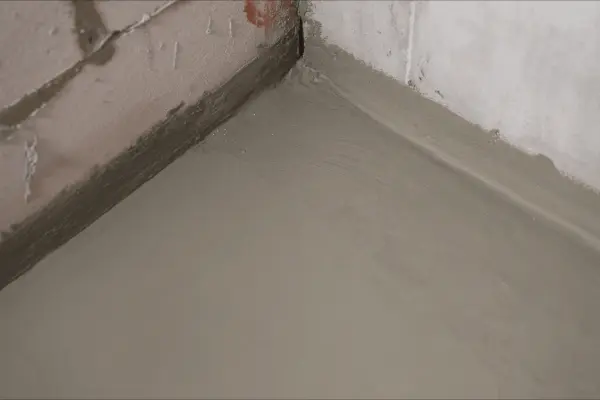
Which Concrete Waterproofing Sealer Should I Use?
There are two types of concrete waterproofing sealers. These are the film-forming sealers and penetrating sealers. Film-forming sealers form a layer of epoxy, acrylic, or urethane on your concrete to give it a terrific gloss finish. Penetrating sealers infuse deep into concrete and bond with cement and aggregate to make it water-resistant.
It contains such chemical compounds as silicates, silanes, and siliconates that have a very high water resistance index. Penetrating sealers have a long-lasting effect that may take a lifetime to diminish. Film-forming sealers require periodic reapplication because they wear out easily.
The Right Time to Do Concrete Waterproofing
For newly installed concrete, waterproofing should be done after the curing process. Let the concrete dry and cure for at least 30 days before waterproofing. The surface must be dry enough for the sealer to adhere effectively. In the case of old concrete, do waterproofing whenever it shows signs of fading or spalling off.
It is also important to monitor the weather. If you plan on sealing your driveway, rainy weather isn’t favorable. Your concrete waterproofing sealer will not adhere to the driveway when it is damp. Generally, seal your concrete during dry weather be it indoors or outdoors concrete waterproofing.
Concrete waterproofing sealers may not adhere properly to a coated concrete surface. You must remove the coat first using a scrub brush with stiff bristles. If the surface does not have any coat, you still have to prepare it by cleaning it thoroughly. Use a push broom to sweep the surface. There should be no dust at all on the surface.
After sweeping the floor, clean it using an etcher or cleaner. Rinse the surface using a hose and let it dry for at least 24 hours. Be sure not to use a broom or brush with metallic parts that might cause deep scratches to the surface. For you to get impressive results, the concrete surface should be devoid of the following things: moisture, dust, scratches, and coats.
Applying Concrete Waterproofing Sealer
Use a roller to rub the sealer into the concrete. Push the roller in one direction as you spread the sealer on the surface. After applying the first coat, allow it some hours to dry. Then apply a second coat. For the sealer to spread evenly into the concrete, push the roller in the opposite direction when applying the second coat.
If you are sealing your concrete floor, use a paintbrush to apply the sealer to the floor edges bordering your walls. Otherwise, you may accidentally stain your walls with the sealer if you use a roller near them.
Alternatives to Concrete Waterproofing Sealer
Other than using concrete sealer to waterproof concrete, there are other ways of doing it. Let us have a look at some of them.
1. Bituminous Membrane
This is used on low concrete roofs that have a low slope. The bituminous membrane has a self-adhesive membrane. It contains polymers, asphalt, and filler. Although it is highly sticky and waterproof, it has a low shelf-life because the bonding power of the membrane reduces with time.
2. Bituminous Coating
The bituminous coating, also known as asphalt coating, is protective and flexible. It is also waterproof and protects concrete well. It is made of bitumen and is very brittle when exposed to UV rays.
3. Liquid Waterproofing Membrane
This is a thin coating comprising a primer coat and two coats of waterproof liquid. It is applied by spraying or rolling. It forms a rubber-like coating on your concrete. The durability of the Liquid waterproof membrane depends on the polymer the liquid waterproofing is made of. Much as it is relatively cheap and easy to apply, the liquid waterproofing membrane does not offer sufficient coverage on concrete.
4. Cementitious Waterproofing
This is the easiest method of waterproofing concrete. It is also cheap because the materials used are cheaply available. The method is mostly used in such areas as washrooms. That means it remains wet most of the time since washrooms are often wet. Therefore expansion will not occur because of the moist conditions.
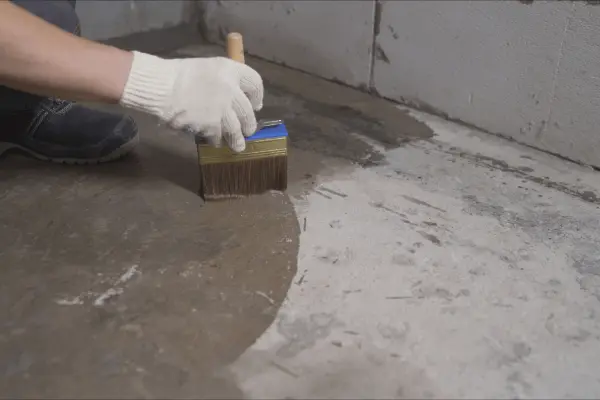
5. Crystalline Admixtures
Crystalline admixtures are available in powder form. They use water to form crystals inside the concrete. Therefore, they close the trails for moisture that harms concrete.
Advantages of Concrete Waterproofing
- Inhibits crack formation on concrete surfaces
- Prolongs the lifespan of the concrete
- Prevents rusting of metals used in concrete reinforcement
- Makes concrete water-resistant
- Makes concrete look attractive
Concrete waterproofing plays a critical role in prolonging the lifespan of your concrete structures. It protects them from environmental damage. Whereas there are other methods of concrete waterproofing, the use of concrete waterproofing sealers is the most efficient and widely used. Concrete sealers should be applied on surfaces that are free of moisture, dust, scratches, and other coats to achieve desired waterproofing results.
Concrete waterproofing takes time to master and you should thus consult a concrete waterproofing contractor to help you accomplish the task. When done the right way, the sealing of concrete structures assures durability. This guide covers key aspects of concrete waterproofing. If you are looking to waterproof your concrete driveway, garage, residential house, or commercial building, we can help.
Share This Post
